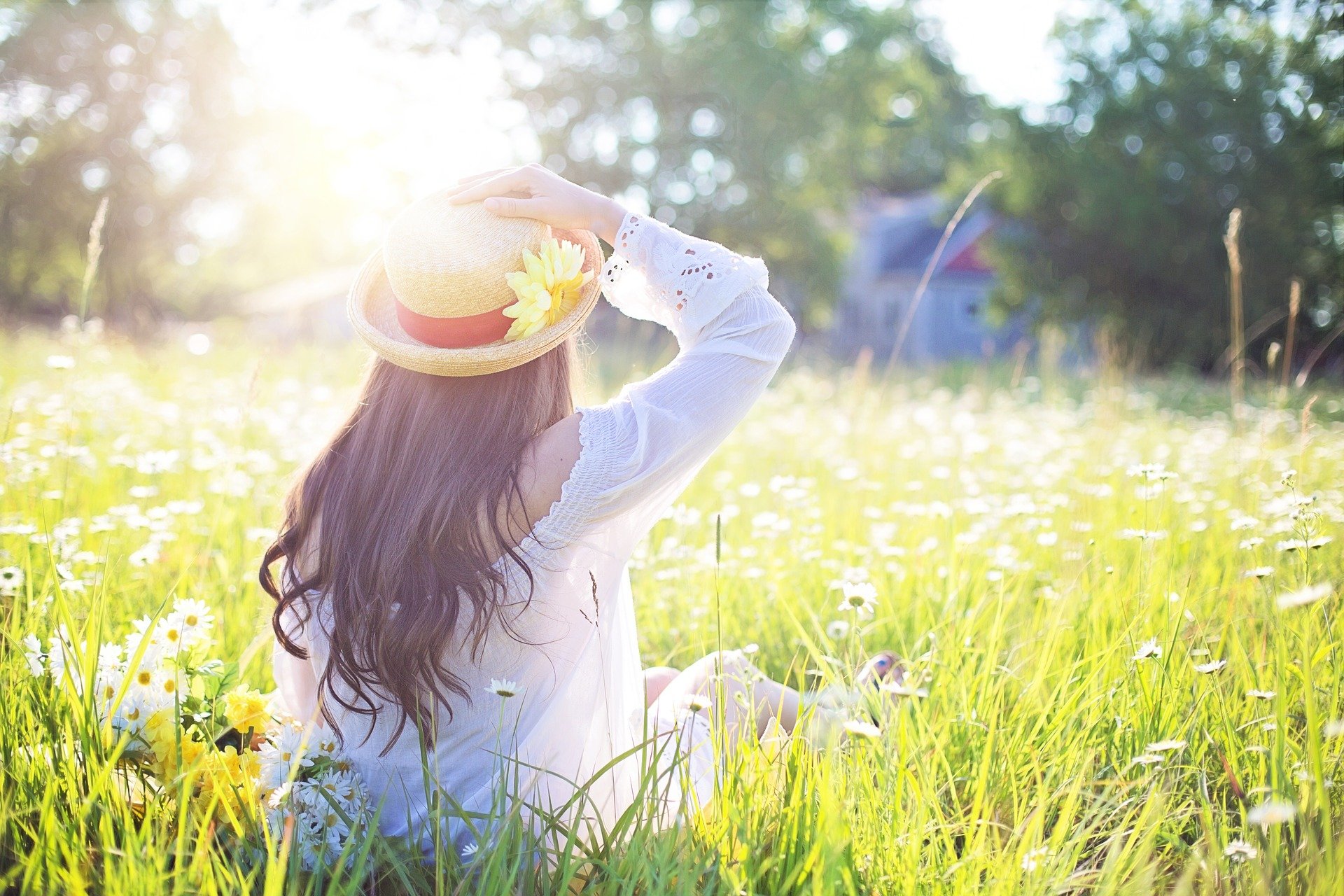Known as SAD, this is a type of depression that’s related to changes in seasons. SAD begins and ends at about the same times every year. Often symptoms start in the Fall and continue into the winter months, zapping your energy and making you feel moody.
It is more than simply a case of the “winter blues” or a seasonal funk that you have to tough out on your own. There are reasons why you might feel this way and many resources to assist with it.
There are several factors causing your SAD condition:
- Your Biological clock – the reduced level of sunlight in Fall and Winter may cause winter-onset blues. This decrease in sunlight may disrupt your body’s internal clock and lead to feelings of sadness and depression.
- Serotonin levels – a drop in serotonin, a brain chemical (neurotransmitter) that affects mood, might play a role in SAD. Reduced sunlight can cause a drop in serotonin that may trigger mood swings or depression.
- Melatonin levels – the change in season can disrupt the balance of the body’s level of melatonin, which plays a role in sleep patterns and mood.
SAD is more often diagnosed in women than in men. It affects women at rates 4x higher than men, with 20-30 years of age being the most common age of onset.
Treatments:
- By participating in an exercise program or engaging in another form of regular physical activity
- Making healthy choices for meals and snacks
- Getting enough sleep
- Trying to not focus on the weather and its many changes
- Relaxation techniques such as yoga or meditation
- Calming music or uplifting videos
- Try herbal remedies or supplements to assist with mental balance
- Walk outside in the sunshine as often as possible
- Keep stress levels low to keep symptoms at a minimum
- If possible, take a winter vacation to increase your sun dosage
Light-therapy, also called phototherapy, is a very popular treatment for SAD. By sitting a few feet from a special light box, you are exposed to bright light within the first hour of waking up each day, or whenever needed. Light therapy mimics natural outdoor light and appears to cause a change in brain chemicals linked to mood. Your mind envisions this light as the sun which increases serotonin (your happy hormone) levels, reducing feelings of anxiety and depression. It generally starts working within a few days and has been highly proven to relieve many SAD symptoms. Do some research and familiarize yourself with the variety of features and options to purchase a SAD light that is most beneficial for your needs as well as safe and effective.
By also making your home and work environment sunnier and brighter, you will also lift your moods and reduce your SAD symptoms. Open blinds, trim tree branches that might be blocking sunlight, sit by the window while at home or work. Your moods will greatly improve while in brighter spaces.
Do remember, SAD symptoms do “go away” with the change in seasons. In the meantime, by learning to control your moods, try any of the above suggestions as they have known to be very successful in combatting the season blues. Enjoy letting the sun shine down on you! You will be happier when doing so! And, hope you are smiling right now! 😀





